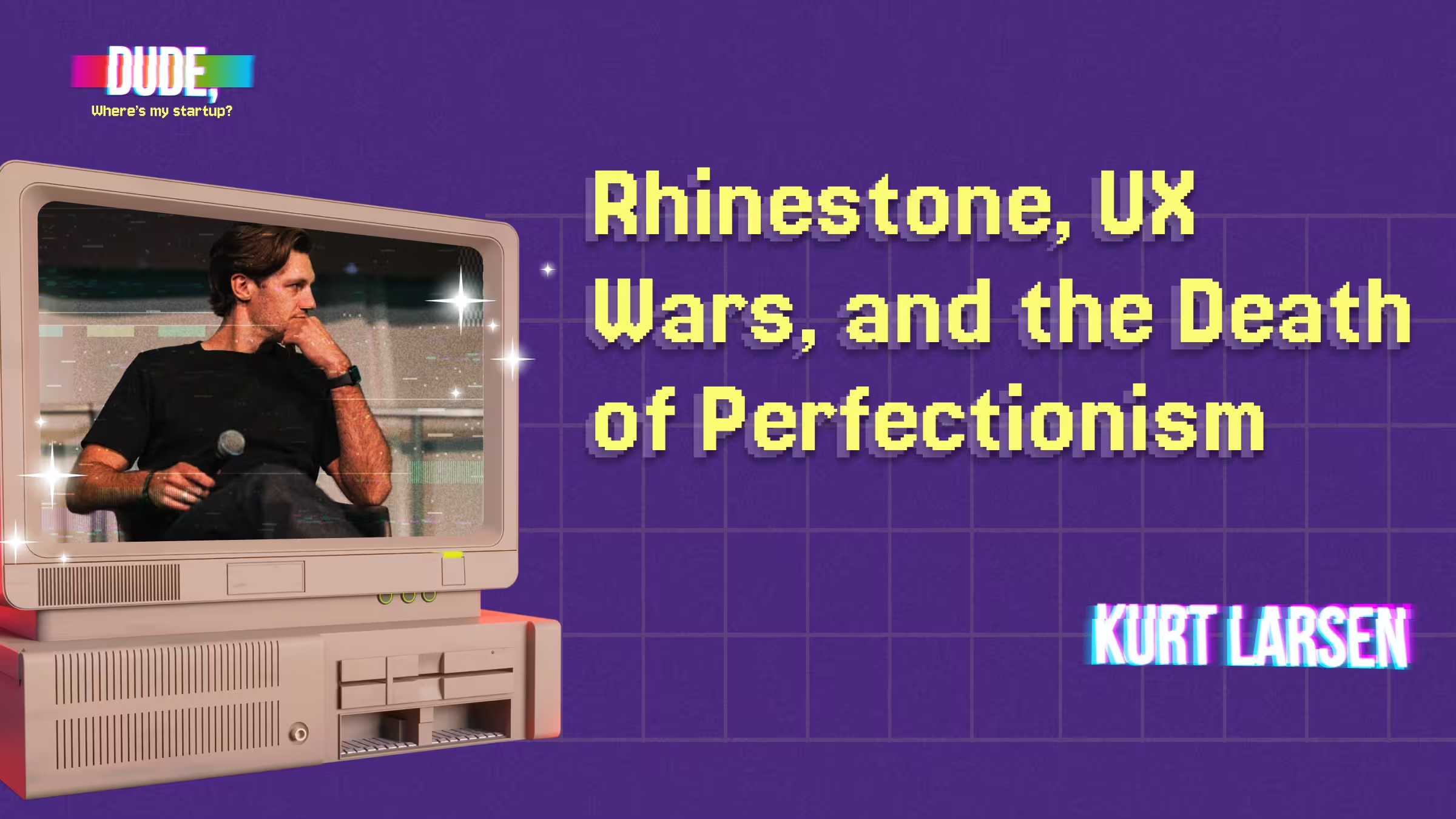Kurt Larsen didn’t enter Web3 to save it, just to make it usable.
Before Rhinestone, he was leading ops at Deliveroo, building algorithms to improve kitchen and delivery wait times in the gig economy’s most brutal turf war. On the outside, it looked like a tech company. Inside? Chaos. Spreadsheets duct-taped to third-party tools. That early-stage grit stuck with him. He learned MVP doesn’t mean ‘almost good’. It means ‘barely works but directionally correct’.
When DeFi Summer hit, what had once felt niche and janky suddenly looked like a frontier worth building on. Crypto clicked. Not as an asset class, but as an architecture for coordination. Kurt started thinking: what if you brought blockchain incentives into real-world marketplaces? Then he met his co-founder, Conrad, over LinkedIn, and things escalated from “jam sessions” to full-time start-up mode.
That start-up became Rhinestone, now one of the few teams in crypto making user experience feel like more than an afterthought.
Their origin story is classic: try to build a product, get repeatedly wrecked by onboarding friction, realise you have to solve the foundational pain before anything else can work. Gas? Seed phrases? Chain weirdness? Their clients didn’t care how novel the product was, if users couldn’t get in, it didn’t matter. The UX debt was existential.
So they pivoted hard into account abstraction, a way to give users smart, self-custodial wallets without the horror show. In short: Web3 UX, minus the excuses.
Their bet paid off. Rhinestone launched the first modular smart account just as ERC-4337 started gaining momentum, and they rode that wave into early traction. But now they’re playing a longer game: stitching together account abstraction and chain abstraction into one seamless dev and user experience. A kind of Uber, but for transactions across fragmented ecosystems. And no, they’re not calling it that.
But for all the technical chops, Kurt’s deeper lesson has been about letting go of perfectionism, of abstraction for abstraction’s sake, of crypto’s weird badge of honour complexity. “We nerded out on the tech more than clients ever cared about,” he admits. These days, the motto is simple: ship what the customer actually wants. Save the rest for v2.
He also learned the hard way what it means to be small and exposed. At Deliveroo, bad hires were someone else’s problem. In a start-up, you feel every misstep in your burn rate, your team morale, your calendar. Decisions hurt more. They mean more.
The vision, though, remains unshaken: make Web3 apps as seamless as Web2, without compromising on self-custody or composability. That means designing infrastructure that’s not just functional, but actually usable by developers and end users alike.
If there’s a single thread running through Rhinestone’s story, it’s this: crypto doesn’t need more genius protocols. It needs fewer excuses. Less ceremony. Better defaults.
Because at the end of the day, nobody cares how your wallet works until it doesn’t.




